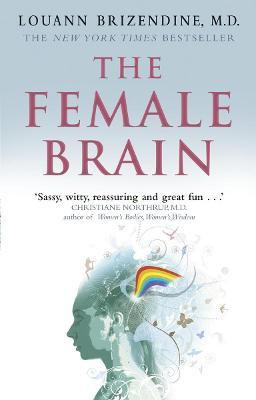
Chinese Music - Music of China, Chinese Orchestra, List of Chinese Musical Instruments, Chinese Rock, Numbered Musical Notation (English, Paperback, Source Wikipedia)
Price: Not Available
Currently Unavailable
Highlights
- Language: English
- Binding: Paperback
- Publisher: Books LLC, Wiki Series
- ISBN: 9781157592624, 1157592627
- Edition: 2011
- Pages: 50
Description
Please note that the content of this book primarily consists of articles available from Wikipedia or other free sources online. Pages: 48. Chapters: Music of China, Chinese orchestra, List of Chinese musical instruments, Chinese rock, Numbered musical notation, Music of southern China, List of Chinese hymn books, Chinese opera, Historical Chinese anthems, Chinese Hip-Hop, Gongche notation, Guoyue, March of the Dolls, Butterfly Lovers' Violin Concerto, Yayue, Tsui Ping, Jiahu, A Farewell Song, Chinese New Hymnal, Shi-er-l, Music of Yunnan, Music of Macau, Chinese musicology, Timeline of Chinese music, Top Chinese Music Chart Awards, Qupai, Chinese Musicians' Association, Music of Qinghai, Chuigushou, Music of Fujian, Music of King Qin Breaking up the Enemy's Front, Music of Guangdong, Music of Guangxi, Music of Manchuria, Hakka hill song, Music of Shaanxi, Music of Jilin, Music of Anhui, Music of Sichuan, Shan'ge, Music of Heilongjiang, Music of Hubei, Music of Jiangxi, Music of Guizhou, Dagu. Excerpt: Chinese Music started at the dawn of Chinese civilization with documents and artifacts providing evidence of a well-developed musical culture as early as the Zhou Dynasty (1122 BC - 256 BC). Today, the music continues a rich traditional heritage in one aspect, while emerging into a more contemporary form at the same time. The legendary founder of music in Chinese mythology was Ling Lun, who made bamboo pipes tuned to the sounds of birds. According to Mencius, a powerful ruler once asked him whether it was moral if he preferred popular music to the classics. The answer was that it only mattered that the ruler loved his subjects. The Imperial Music Bureau, first established in the Qin Dynasty (221-07 BC), was greatly expanded under the Emperor Han Wu Di (140-87 BC) and charged with supervising court music and military music and determining what folk music would be officially recognized. In subsequent dynasties, the development of Chinese music was strongly influence...
Read More
Specifications
Book Details
| Imprint |
|
| Publication Year |
|
| Table of Contents |
|
Dimensions
| Width |
|
| Height |
|
| Length |
|
| Weight |
|
Be the first to ask about this product
Safe and Secure Payments.Easy returns.100% Authentic products.
Back to top






